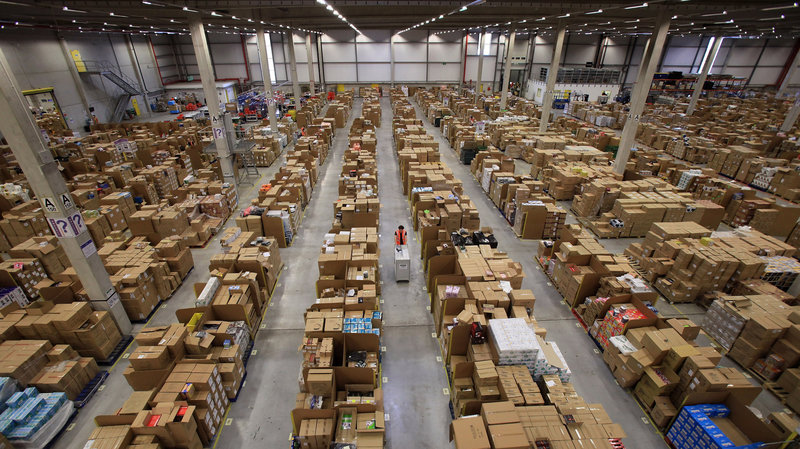
Amazon’s report on injury incidents filed with the U.S. Department of Occupational Safety and Health (OSHA) clearly shows that Amazon’s work is very risky, well above the warehousing average.
Amazon is currently the second largest employer in the US after Wal-Mart. As with many other industries, you must report injuries that are defined as serious. Death or unconsciousness, fractures that require more than first aid treatment, or diagnosis of irreversible chronic diseases. In other words, what is recorded is not the extent of a knee scratch or a paper cut. These injuries are listed on OSHA Forms 300 and 300a. The former contains when, where and what injuries occurred, and the latter contains an overview and overall facility productivity.
Amazon has previously argued that its injuries rate is so high that it is resisting so-called industry trends. Many of the industry claims that safety-related accidents are underreported, and Amazon has recognized this in 2016 and says it is recording regardless of the size of the injury. Even so, this is not the reason for the year-on-year increase in injury rates in Texas warehouses and elsewhere.
In the example of Amazon’s fulfillment center DFW7, the injuries rate here in 2017 was 8.15. Rather than the previous claim that the number of Amazon Barsang occurrences reflects the size of employees, not relative risks in the workplace, IR is calculated in proportion to the total number of hours worked at the facility, not the number of employees. This is to ensure that it does not become an unfavorable evaluation criterion for large companies simply because of its large size. Nonetheless, Amazon’s figure is 4.4 times the average of the warehouse industry in the same year. In 2018, DFW7 was 8.72, which was statistically more dangerous than mental hospital 7.4, aluminum casting 8.5, and prison 7.3.
DFW7 recorded a whopping 9.59 in 2019. One in ten employees said that the factory was involved in an injury that could be reported to the Occupational Safety and Health Administration. Similarly, DART increased from 7.59 to 7.82 and 8.49, accompanied by closures, shifts, and work restrictions for three years. The figures from 2017 to 2018 exceed the industry average for the same year. In both years, motorhome manufacturing and nursing home care were jointly leading, with 7.0 in 2017 and 7.2 in 2018.
Employees working at Amazon warehouses say they repeat the miserable working conditions during the peak season until winter break. Nearly one-third of the injuries that occurred in DFW7 occurred during this period, from October 1st to December 31st. Most of the injuries listed were sprains or bruises, but some of the injuries included heatstroke, electric shock, hernia, concussion that injured hands and feet, fractures, lacerations, and an employee’s right big toe falling off.
Amazon made a statement, and research from the Bureau of Labor Statistics shows that the industry is underreporting safety incidents to lower the rate of injuries, claiming that Amazon is doing the exact opposite. Amazon said it is taking an active stance on reporting injuries related to upscaling at scale, and that this effort is intended to encourage colleagues to report all injuries and crises, and to learn from and improve on these incidents. As we strongly believe in the environment provided to employees of the implementation center, including the safety culture, we are conducting public tours so that we can see with our eyes. Related information can be found here .


















Add comment